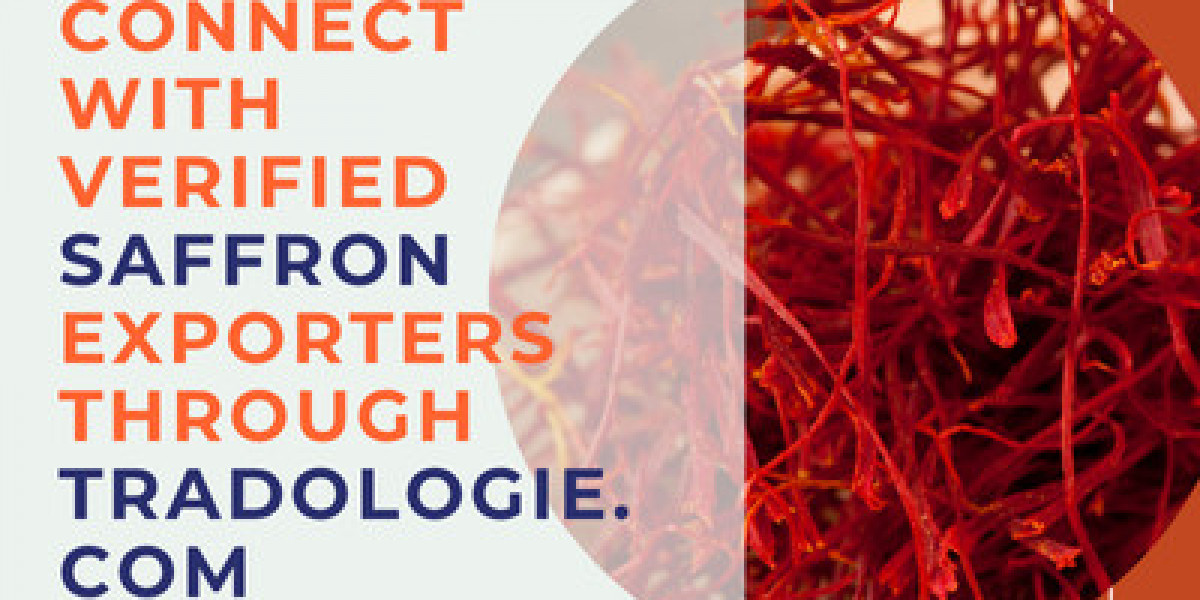Saffron, often called the “Golden Spice,” is one of the world’s most valuable agricultural commodities. While red saffron threads are widely recognized, yellow saffron (saffron styles or stamens) is also gaining traction in global markets. It is used in food, beverages, cosmetics, and even herbal medicines, offering flavor, aroma, and coloring at a more affordable price point compared to premium red saffron.
For B2B buyers, sourcing yellow saffron requires careful consideration. From quality assurance to market regulations, understanding the supply chain is crucial for profitable imports. Here’s a guide on what bulk buyers should know before entering the saffron trade.
Understanding Yellow Saffron
Yellow saffron refers to the styles of the crocus flower, which are attached to the red stigmas (the premium saffron threads). While they carry a lighter flavor and less aroma compared to red saffron, they are widely used for:
Natural food coloring in bakery and confectionery.
Herbal teas and health supplements.
Cosmetics and skincare formulations.
Cost-effective saffron blends in restaurants and catering.
Because of its lower price and wider availability, yellow saffron is an attractive option for B2B buyers catering to mass-market segments.
Key Factors B2B Buyers Should Consider
1. Quality Standards
Not all saffron available in the market meets international quality benchmarks. Buyers should ensure that the yellow saffron is free from adulteration, dust, or artificial coloring. ISO 3632 certification is a global standard that importers can look for while sourcing.
2. Source Countries
The top saffron-producing nations include Iran, India (Kashmir), Spain, and Afghanistan. Iran alone accounts for nearly 80% of the world’s saffron production. B2B buyers must evaluate sourcing regions based on pricing, export policies, and logistics.
3. Regulatory Compliance
Different countries have different import regulations regarding food safety. Importers must comply with standards like FDA (USA), FSSAI (India), EFSA (Europe), or HACCP certifications. This ensures smooth customs clearance and builds buyer credibility in the local market.
4. Pricing and Market Fluctuations
Saffron prices are sensitive to harvest conditions, labor costs, and global demand. Yellow saffron is more affordable than red threads, but bulk importers should always negotiate carefully to secure competitive rates.
5. Packaging and Shelf Life
Since saffron is delicate, packaging plays a big role in maintaining its color, aroma, and quality. Importers should ensure airtight, moisture-proof packaging that supports international transit and long-term storage.
Challenges in Importing Yellow Saffron
Supply Chain Gaps: Many buyers face delays due to inadequate logistics or supplier inconsistencies.
Adulteration Risks: The market is prone to counterfeit saffron mixed with colored fibers.
Price Volatility: Frequent changes in international market prices make bulk procurement challenging.
These challenges highlight the need for reliable procurement channels that ensure quality and transparency.
How Tradologie.com Simplifies Saffron Imports
Tradologie.com, a SaaS-based global B2B platform, helps buyers overcome common saffron procurement hurdles by offering:
Direct Access to Verified Suppliers – Buyers connect directly with saffron producers from India, Iran, and other regions.
Live Price Negotiations – Importers can negotiate in real-time to secure the most competitive rates.
Quality Assurance – Verified suppliers meet global standards, minimizing the risk of adulteration.
Secure Payments – Options like LC (Letter of Credit) and Escrow protect buyer interests.
Hassle-Free Documentation – Streamlined trade paperwork ensures smoother imports across borders.
By combining technology with trade expertise, Tradologie.com enables importers to source yellow saffron confidently and cost-effectively.
Conclusion
Yellow saffron may not have the same premium status as red threads, but it is a practical and profitable choice for industries seeking saffron’s benefits at scale. For B2B buyers, the key lies in sourcing from trusted regions, ensuring compliance with quality standards, and using reliable procurement platforms.
With tools like Tradologie.com, importers gain a competitive edge by accessing verified suppliers, negotiating transparent prices, and ensuring secure trade. Whether you are supplying to restaurants, food manufacturers, or cosmetic brands, sourcing yellow saffron wisely can strengthen your business and expand your presence in global spice markets.













